For many Texans, tornado season is a time to take extra precautions and be vigilant about their safety. But for farmers and gardeners, tornado season can be a time of great opportunity! A period of increased volatility in the weather can mean big things for those who are prepared to take advantage of it. In this article, we will answer some common questions about tornado season in Texas and provide you with some tips on how to make the most of it!
Table of Contents
Why Has Texas So Many Tornadoes?
The fact of the matter is that tornadoes can happen anywhere at any time – but they do seem to occur more often in Texas than in other parts of the country. There are a few theories as to why this might be the case, but ultimately, it boils down to two main factors: geography and climate.
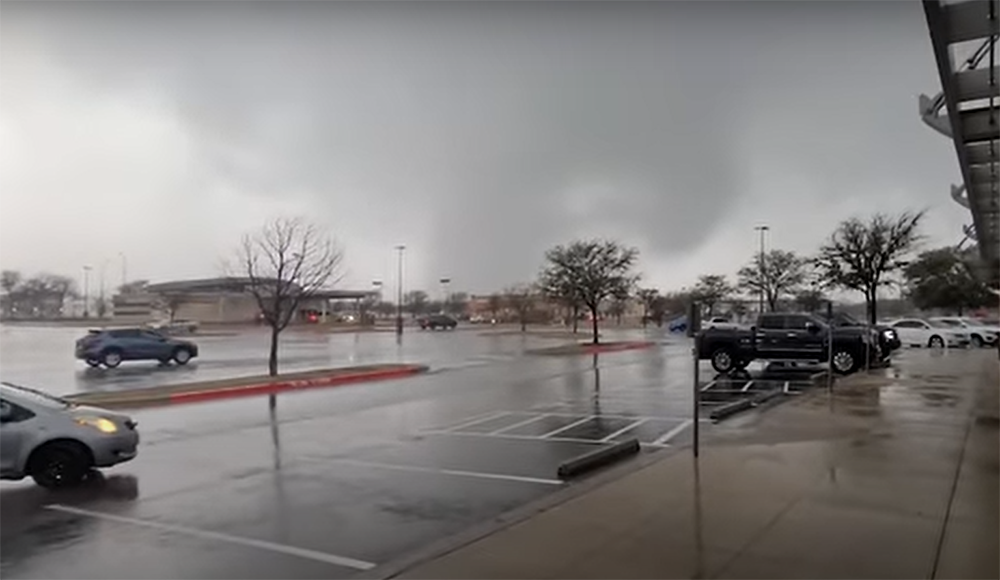
Texas is located in what’s known as “Tornado Alley” – a region of the country that experiences more tornadoes than anywhere else. This is because Tornado Alley is located in the perfect spot for severe weather conditions to come together and create tornadoes. For example, warm air from the Gulf of Mexico collides with cold air from the Rocky Mountains, and when these two air masses meet, they can create severe weather conditions.
In addition to its location, Texas also has a climate that is conducive to tornadoes. The state experiences warm, humid summers – which provide the perfect environment for thunderstorms to form. And since thunderstorms are often the precursor to tornadoes, this means that Texas is more likely to experience tornadoes than other states.
The years with the most tornadoes were 1967 with 232 tornadoes and 1995 with a little less amount of 223 tornadoes per year. [1], [2], [3], [4]
Areas With the Most Tornadoes
So, now that we know why Texas has so many tornadoes, let’s take a look at which areas of the state are most prone to them.
Interestingly, the vast majority of tornadoes in Texas occur in the northern part of the state – specifically, in an area known as the “Red River Valley” The Red River Valley is a low-lying area that stretches from the Red River in Oklahoma all the way to the Panhandle of Texas. This area is particularly vulnerable to tornadoes because it is often one of the first areas to experience severe weather conditions.
In addition to the Red River Valley, another area of Texas that experiences a high number of tornadoes is the “Texas Panhandle.” The Panhandle is a long, narrow strip of land that extends north from central Texas. Like the Red River Valley, this area is also prone to severe weather conditions – and as a result, it sees its fair share of tornadoes.
Finally, it’s worth noting that tornadoes can occur anywhere in Texas – even in urban areas like Houston and Dallas. Even if your region doesn’t see as many tornadoes as the Panhandle, it’s still important to be aware of the risk. [1], [2], [3], [4]
How are Tornadoes Formed?
Now that we know when and where tornadoes occur, let’s take a look at how they’re formed.
Tornadoes are essentially columns of rotating air that form beneath thunderstorms. When warm, humid air rises into the atmosphere, it can create an area of low pressure at the surface. As this column of rising air continues to rotate, it can form a tornado.

When these conditions are present, however, tornadoes can occur quickly – and with little warning. [2], [5]
Differences Between Types of Tornadoes
Tornadoes can vary in intensity, and as a result, they are classified into different categories. The most common classification system is the Enhanced Fujita Scale, which rates tornadoes on a scale of EF0 to EF5.
EF0 tornadoes are the weakest, with wind speeds of up to 85 mph. These tornadoes typically cause minor damage, such as downed trees and broken windows.
EF5 tornadoes are the strongest, with wind speeds of over 200 mph. These storms can cause major damage, including leveled homes and total destruction.
In between these two extremes are EF1 tornadoes (with wind speeds of 95-110 mph), EF2 tornadoes (111-135 mph), EF3 (136-165 mph), and EF4 with speeds between 166 and 200 mph.
Tornadoes usually have a wind speed of at least 40 mph, but as you can see they can sometimes reach speeds of more than 200 mph. This makes them incredibly destructive – and if you’re caught in one, it’s important to take shelter immediately.
Size of a tornado also varies. They can be as small as a car or large enough to fill multiple football fields. The average tornado is about 250 feets wide but they can reach up to two miles in diameter.
All of these factors – intensity, size, and duration – contribute to the overall damage that a tornado can cause. And unfortunately, there’s no way to predict exactly how much damage a particular tornado will cause until it’s over. [2]
What Criterias Influence Tornado Rate?
There are several factors that can influence the rate of tornado occurrence. These include: wind shear, instability, warm moist air.

The difference in wind speed or direction over a short distance is known as wind shear. It may stretch, torque, and expand the rotating column of air that produces a tornado.
Instability occurs when the air near the ground is warmer than the air above it. This can cause the column of rising air to become unstable and collapse, resulting in a tornado.
Thunderstorms require warm, damp air to develop. And as we all know, tornadoes are impossible without thunderstorms. Tornadoes would not be possible without this warm, moist air.[2], [5]
Time of the Year Most Tornadoes Occur
In Texas, May is typically the month when most tornadoes occur. This is because the weather conditions are often just right for severe thunderstorms – and as we mentioned, thunderstorms are often the precursor to tornadoes.
Of course, this doesn’t mean that tornadoes can’t happen outside of the month of May. The weather has a tremendous impact on when black widow spiders bite humans. In fact, they can strike at any time of year, but they are more common in the spring and summer.
For example, thunderstorms already are common starting March through June in many parts of Texas. And while not every thunderstorm will produce a tornado, the increased frequency of thunderstorms means that the chances of a tornado forming are also increased.
So, if you’re wondering when is tornado season in Texas, the answer is typically May – but it’s important to remember that tornadoes can happen at any time of year.
It’s rare for tornadoes to form in Winter, but not that unusual for it to happen. [1], [2], [3], [4], [5]
How to Prepare for the Tornado Season
If you live in Texas, or any other part of Tornado Alley, it’s important to be prepared for severe weather conditions. This means having a plan in place in case a tornado does occur.
Know the difference between a watch and a warning
The first step is to know the difference between a tornado watch and a tornado warning. A tornado watch means that conditions are favorable for a tornado to form. It’s important to be aware of the weather conditions and be prepared to take shelter if necessary.
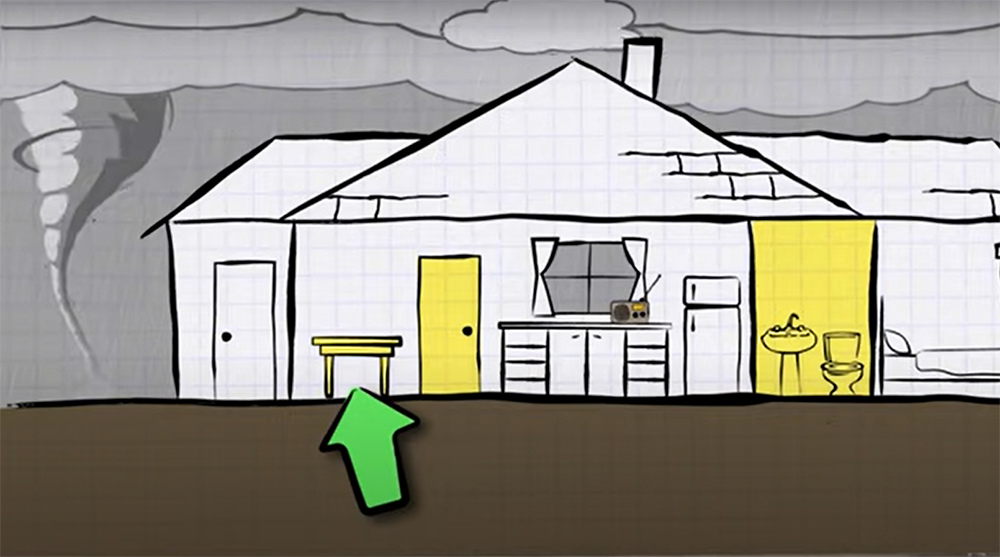
A tornado warning, on the other hand, means that a tornado has been sighted or detected by radar. If you’re under a tornado warning, it’s important to take shelter immediately.
Be up to date with the recent news in the area
Tornado watches and warnings are issued by the National Weather Service when they detect severe weather conditions. If you’re under a tornado warning, it’s important to take shelter immediately.
You can also download apps like Tornado Watch that will give you real-time updates on severe weather conditions in your area.
Having an emergency kit on hand
It’s also a good idea to have an emergency kit on hand. This should include items like water, food, first-aid supplies, and a flashlight. You may also want to consider having a backup power source in case of a power outage.
Tornado season can be a stressful time for many people who live in Tornado Alley. But by being prepared and knowing what to do if a tornado does occur, you can help keep yourself and your family safe.
Make an emergency plan
One of the most important things you can do is to make an emergency plan. This should include where to go if a tornado does occur and what to do if you’re separated from your family.
You should also practice your emergency plan so that everyone knows what to do in case of a real-life situation.
Keep an eye on the sky
During tornado season, it’s important to keep an eye on the sky. There are several signs that tornado conditions are present, including dark, greenish skies, large hail, and a loud rumble that sounds like a freight train.
Stay alert
Be ready to act quickly if a tornado warning is issued for your area. This means knowing where to go and what to do.
If evacuation is not possible, go to a small, interior room on the lowest level of your home. In case you plan to hide from the tornado undeground, make sure your shelter meets the safety requirements, if you don’t have an underground shelter, the next best thing is to get in a small room on the lowest floor of your house away from any windows.
Take cover under a sturdy table or desk if possible. If you don’t have access to a table or desk, protect yourself by covering your head and body with pillows or blankets.
Make sure you know where your gas and water shut-off valves are located and how to turn them off.
If you’re in a vehicle, it’s important to get out and find shelter immediately. Do not try to outdrive a tornado – they can change direction quickly and are often much faster than vehicles.
Secure your house beforehand
Make sure your house is as secure as possible before tornado season starts. This includes trimming trees and shrubs, removing dead or dying trees, and securing loose outdoor items. You don’t want these to break your house or windows!
You can also install special brackets on your roof to help keep it in place during high winds. [2], [3]
FAQ
What parts of Texas have the largest amount of tornadoes?
North Texas sees the most tornadoes in the state. Reason for that is the unique geography of Texas. Northern Texas lies in something called ‘Tornado Alley’ – a nickname given to the area in the Southern Plains of the United States that sees more tornadoes than any other place in the world.
Tornado Alley extends from central Texas up through Oklahoma, Kansas, Nebraska, South Dakota, North Dakota, Montana and Wyoming.
What month in Texas has the most tornadoes?
The month of May sees the most tornadoes in Texas. However, tornado activity increases throughout the spring and early summer months before tapering off in August. This is due to a combination of factors, including warm temperatures, high humidity levels, and strong thunderstorms. All of these conditions are more prevalent in the spring and early summer months.
If you live in Texas or another state that is prone to tornadoes, it’s important to take steps to protect yourself and your property. Tornado season is a good time to create or update your emergency plan. Make sure you know where to go if the disaster strikes!
What city in Texas has no tornadoes?
There is no city in Texas that has zero tornadoes. However, some cities are at a lower risk for tornadoes than others. For example, Amarillo and Lubbock typically have fewer tornadoes than other parts of the state.
That being said, no place is completely safe from tornadoes. They can occur anywhere in the state, at any time of year.
Useful Video: Well, it’s tornado season in Texas
Conclusion
As you can see, Texas is a state that is highly susceptible to tornadoes. This is due in part to the climate and geography of the area, as well as the time of year. May is generally when we see the most tornado activity in Texas. That said, it’s important to be prepared for this potential danger ahead of time. Knowing what to do during a tornado warning can help keep you and your loved ones safe. Are you ready for tornado season?
References:
- https://www.texasalmanac.com/articles/texas-tornados
- https://germaniainsurance.com/blogs/post/germania-insurance-blog/2021/05/21/tornado-preparedness-how-to-get-ready-for-tornado-season-in-texas
- https://www.tornadoxtreme.com/when-is-tornado-season-in-texas/
- https://www.tornadoxtreme.com/tornado-alley-facts/
- https://www.severe-weather.eu/global-weather/tornado-season-spring-2022-severe-weather-outbreak-forecast-texas-louisiana-mississippi-mk/

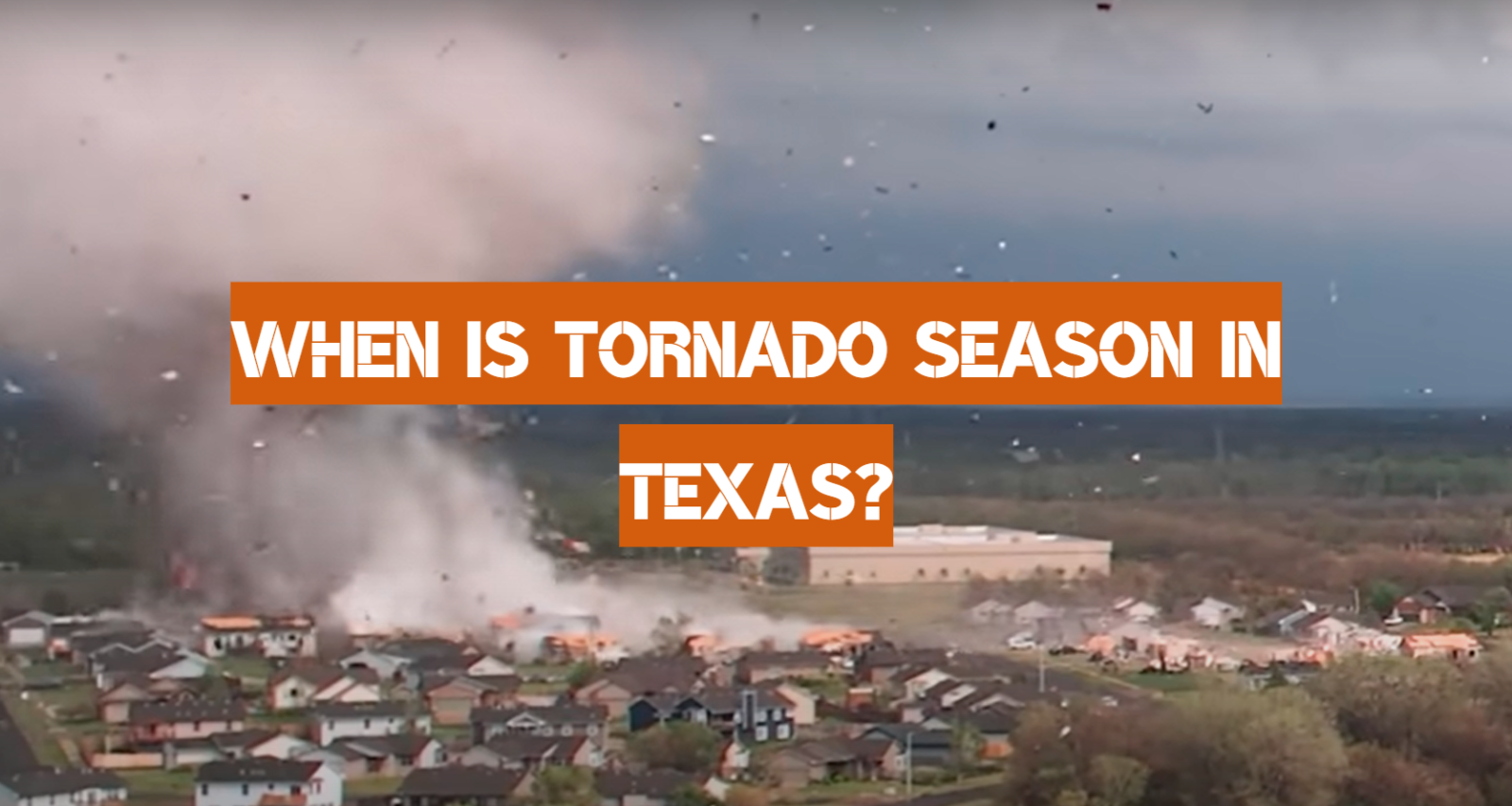
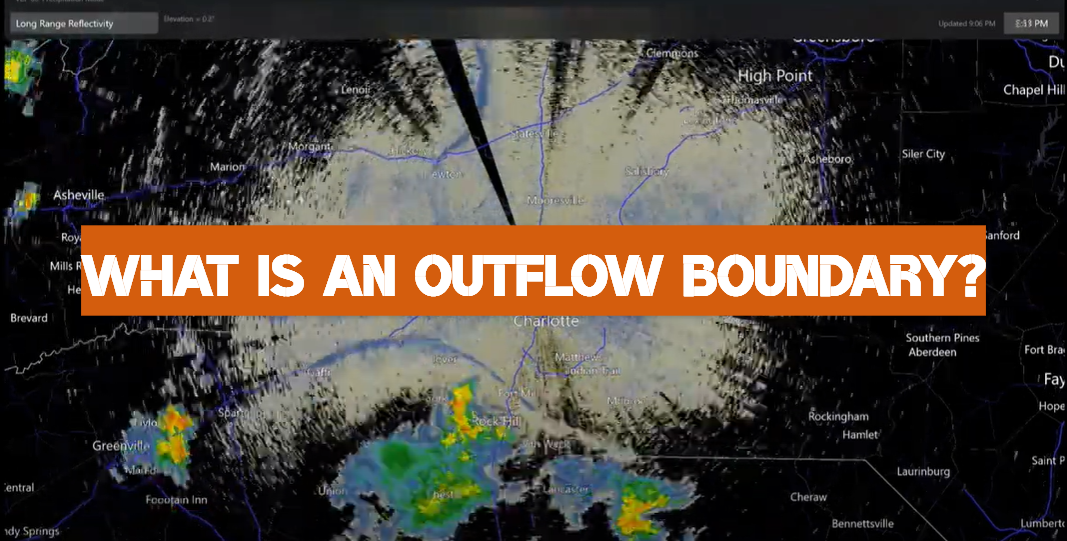
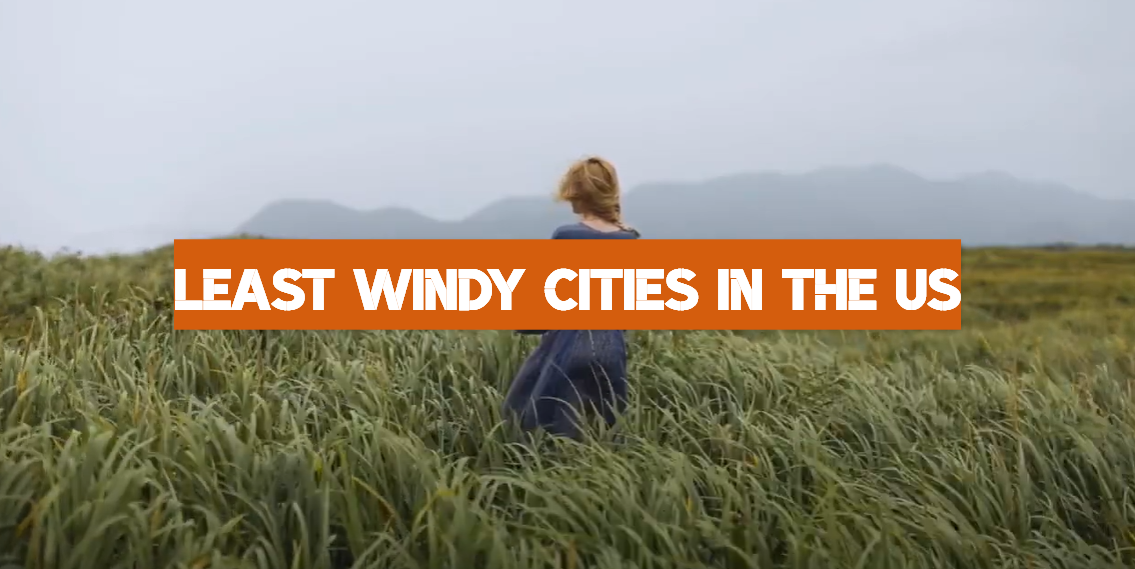

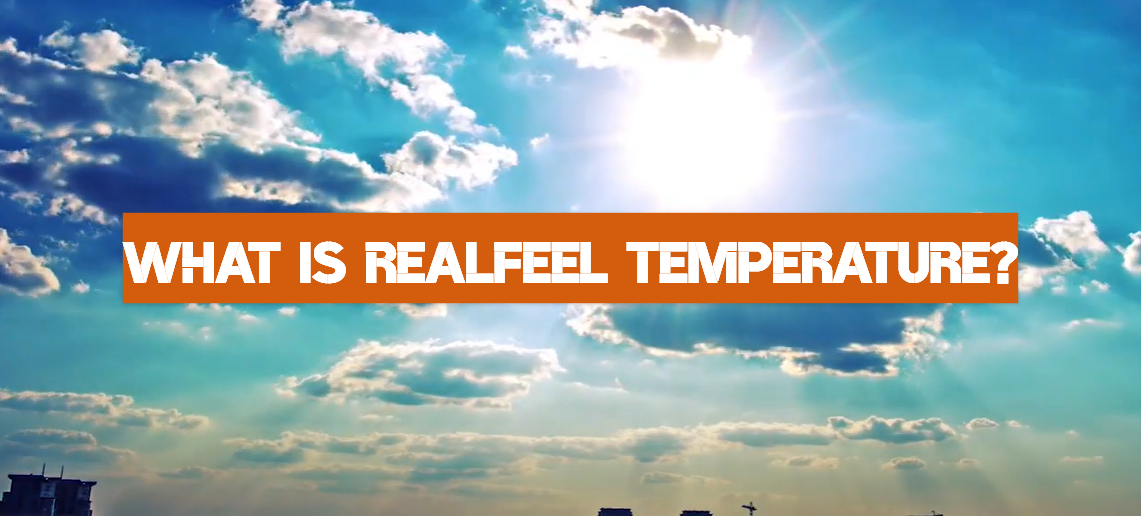
Leave a Reply